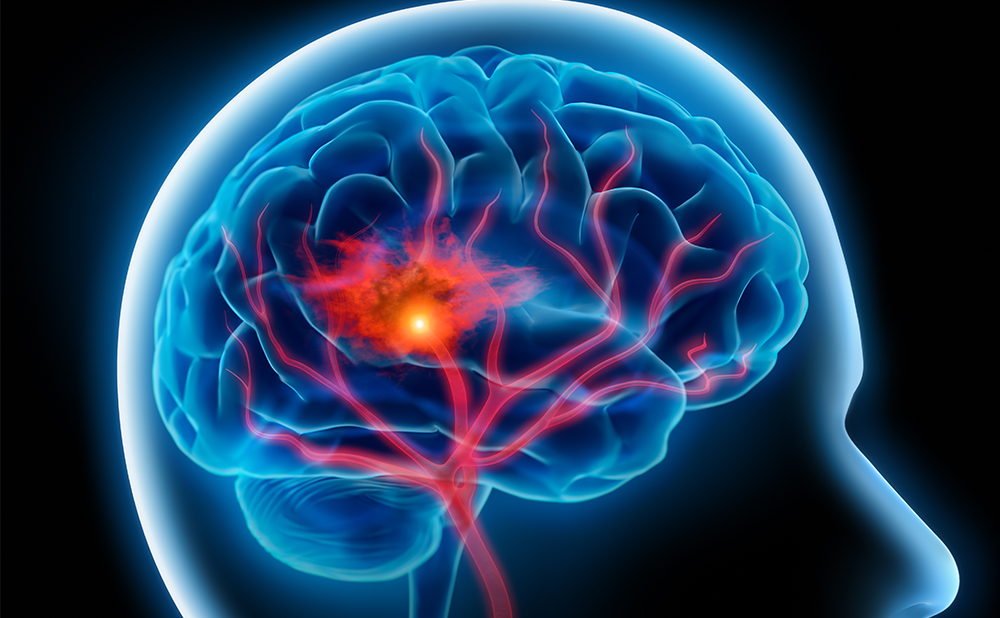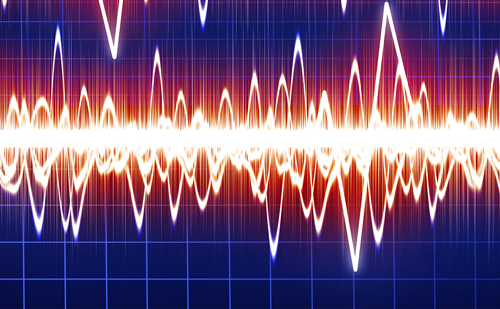Microscope-integrated near-infrared (NIR) indocyanine green videoangiography (ICG VA) is a new technique of blood-flow measurement that has recently been applied to neurosurgy.1–4 This technique is safe and practical and has many potential applications in the field of cerebrovascular surgery.1–5
Microscope-integrated Indocyanine Green Video-angiography
Microscope-integrated near-infrared (NIR) indocyanine green videoangiography (ICG VA) is a new technique of blood-flow measurement that has recently been applied to neurosurgy.1–4 This technique is safe and practical and has many potential applications in the field of cerebrovascular surgery.1–5
Microscope-integrated Indocyanine Green Video-angiography
Microscope-integrated ICG VA technology focuses on obtaining high-resolution and high-contrast NIR images after intravenous injection of ICG dye, making it possible to assess the blood flow in the cerebral vasculature. ICG VA is integrated with a surgical microscope made by Carl Zeiss Ltd, (Oberkochen, Germany).
ICG dye is an NIR flourescent dye that was originally used for the evaluation of vascular and hepatic function, and has since been used for ophthalmic angiography. After intravenous injection, ICG is bound almost immediately by globulins and remains intravascular until its excretion by the liver. ICG is not re-absorbed into the intestine; neither does it enter the hepatic circulation. The recommended dose of ICG VA is 0.2–0.5mg/kg with a maximum daily dose of 5mg/kg.1,2
The surgical field is illuminated by a light source (NIR-light) with a wavelength covering the ICG absorption band (700–850nm). After intravenous injection of ICG dye, its fluorescence is induced and recorded by videocamera. As a result, realtime video images of arterial, capillary and venous phases of angiography can be seen.
ICG VA is a safe and practical method of realtime blood-flow measurement that can be used during microneurosurgical management of intracranial aneurysms, arteriovenous malformations (AVMs) and other vascular lesions. ICG VA has been routinely used in our centre since November 2005. The Department of Neurosurgery at Helsinki University is the only neurosurgical unit in southern Finland, serving a population of nearly two million, and admits all cerebrovascular patients regardless of age or neurological grade.
Applications of Indocyanine Green Video-angiography
The main application of ICG VA is the assessment of the quality of microneurosurgical clipping, a safe and durable method of treatment for intracranial aneurysms. The optimal microneurosurgical clipping of an intracranial aneurysm should include complete occlusion of the lesion and preservation of the blood flow in the parent, branching and perforating arteries. To assess the quality of treatment, a reliable, safe and cost-effective method of blood-flow measurement is of paramount importance.
Post-operative neck residuals carry risk of re-growth and rupture, or re-rupture, of the aneurysm.6–9 In post-operative angiographic series, the incidence of neck residuals ranges between 4 and 19%.10–14 Unexpected occlusion of major or perforating arteries after clipping is associated with a wide range of complications affecting surgical outcome and is seen in 0.3–12% of cases.10,12,14
Intra-operative methods of blood-flow measurement bring the advantage of immediate replacement of the clip to achieve complete occlusion of aneurysm or enhancement of flow in compromised branches. Intra-operative angiography during microneurosurgical clipping of intracranial aneurysms is a well-known method that is suggested for routine use by many authors.15–19,20–24 The limitations of intra-operative angiography include difficulties of routine availability in every centre and a complication rate of 0–3.5%.10,19,20,25–29 Other methods of intra-operative blood-flow measurement, such as microvascular Doppler and flowmetry, also have their own limitations.30–34
The application of microscope-based ICG VA for the assessment of cerebral vessels was first described by Raabe et al. in 2003.1 In this preliminary feasibility study, intra-operative ICG VA was performed in 14 patients, 12 with intracerebral aneurysms and two with other diagnoses. The authors reported no side effects or complications after intravenous injection of ICG dye, and reported their first neurosurgical experience with ICG VA to be promising. They have also recommended this technique as a simple and safe alternative to other methods of intra-operative assessment of cerebral vasculature.1 In another publication by the same group,2 the findings of NIR ICG VA were compared with intraor post-operative digital substraction angiography (DSA). ICG VA is reported to be a simple and fast method, having the advantage over DSA of providing a high-resolution image. However, restriction of images to the field of view and limited area of observation are considered among the disadvantages of ICG VA.2,3
According to our experience, ICG VA is a reliable and practical method for intra-operative assessment of clipping. However, the main disadvantage of direct exposure in the visual field remains. Although painstaking dissection of the aneurysm base and related branches and perforators before clipping is our main principle during microneurosurgical clipping of aneurysms, those neck residuals located behind the aneurysm still cannot be detected by ICG-VA. Ultimately, the main factor determining the rate of neck residuals is dissection and direct observation of the part of the neck to be studied. In cases of deep-sited, giant, thick-walled and complex aneurysms, there may be a need for verification of the results by intra-operative DSA.
ICG VA is also a reliable technique for assessing the blood flow in parent artery and major branches distal to aneurysm after its complete occlusion. Based on our experience, apart from proper dissection and a clean, bloodless surgical field, the proper timing of ICG injection is also very important. Repeated injections of ICG within short intervals may cause false-positive findings. Furthermore, filling of the arteries from proximal to distal should be undertaken carefully to avoid misdiagnosing the retrograde filling of the branches distal to aneurysm. ICG VA is not a quantitative method, and any suspicious or delayed detection of fluorescence should be verified by other techniques such as microvascular Doppler or intra-operative DSA.
Assessment of blood flow in perforating branches after microneurosurgical clipping is another important issue. Perforating arteries may be distorted or occluded during stages of approach, dissection, clipping or coagulation of the aneurysm. Intra-operative assessment of blood flow in these arteries may be very important. According to our experience, as well as that of other practitioners,5 ICG VA is unique in its ability to assess the blood flow in perforating arteries with high-resolution images. However, due to a lack of high-resolution post-operative imaging techniques it is not possible to assess the accuracy of ICG findings.
Conclusion
ICG VA is a simple, fast and cost-effective method of blood-flow assessment with acceptable reliability. ICG VA can provide realtime information to assess blood flow in vessels of different sizes, as well as occlusion of the aneurysm. Due to the magnification of the operating microscope and the high resolution of the image, intra-operative assessment of blood flow in the perforating branches is one of the most important advantages of the ICG VA. According to our experience, in selected cases such as giant, complex and deep-sited aneurysms, intraoperative angiography is still the gold standard. ■














